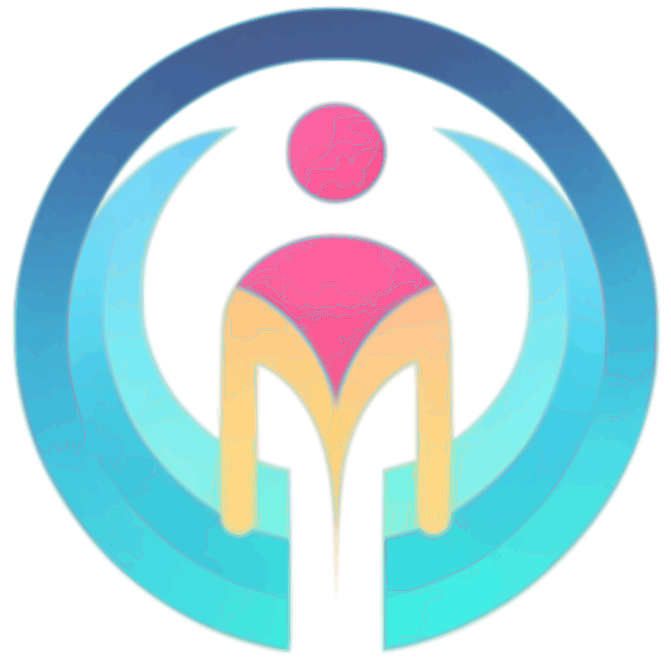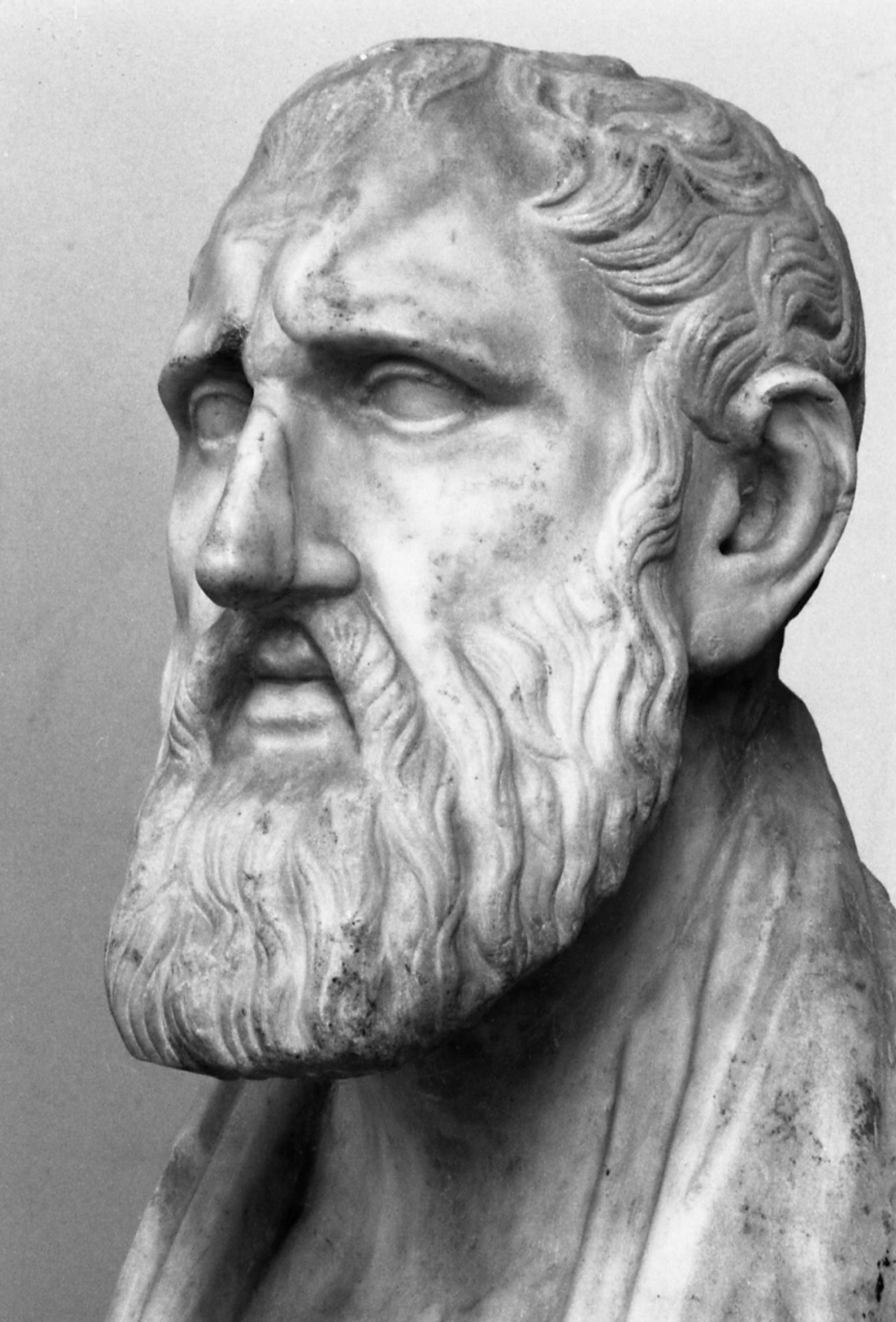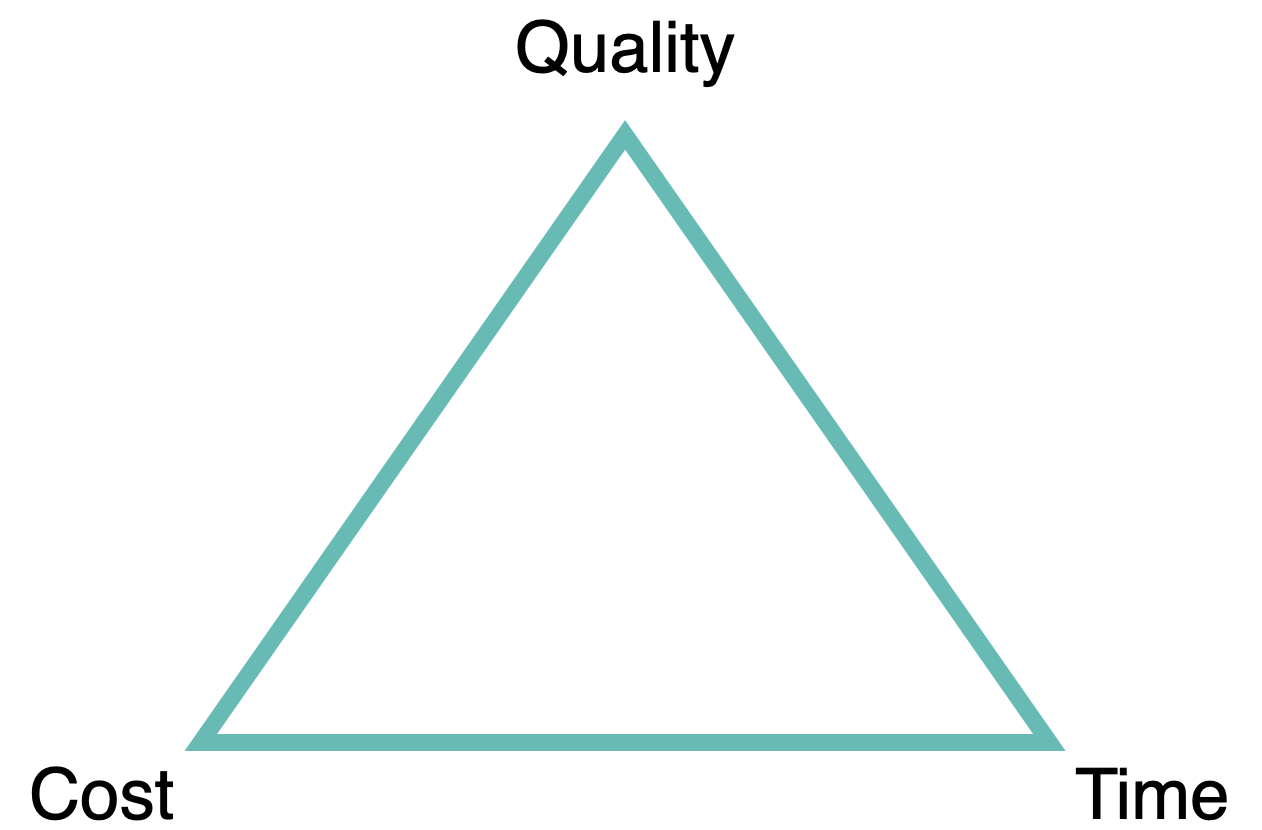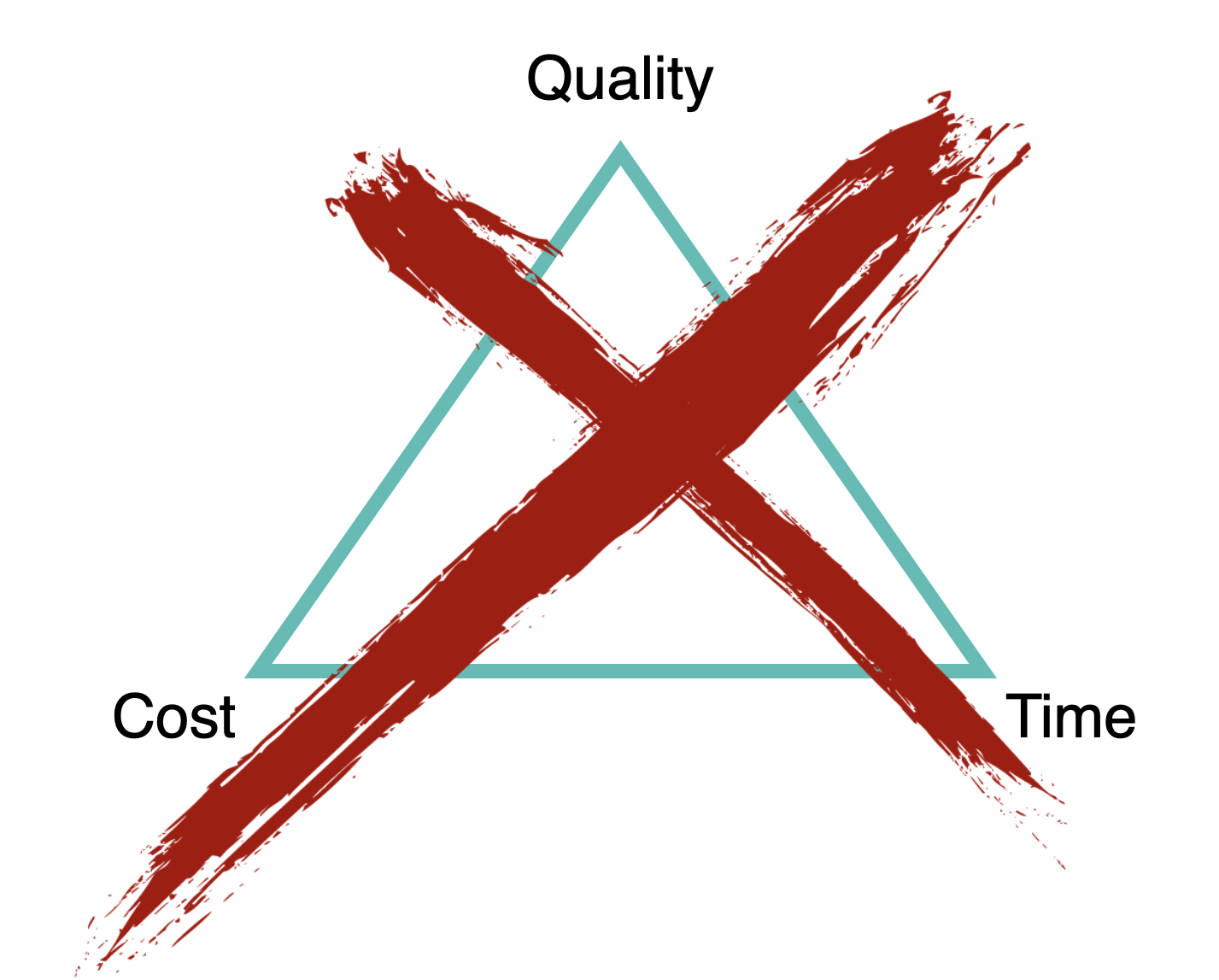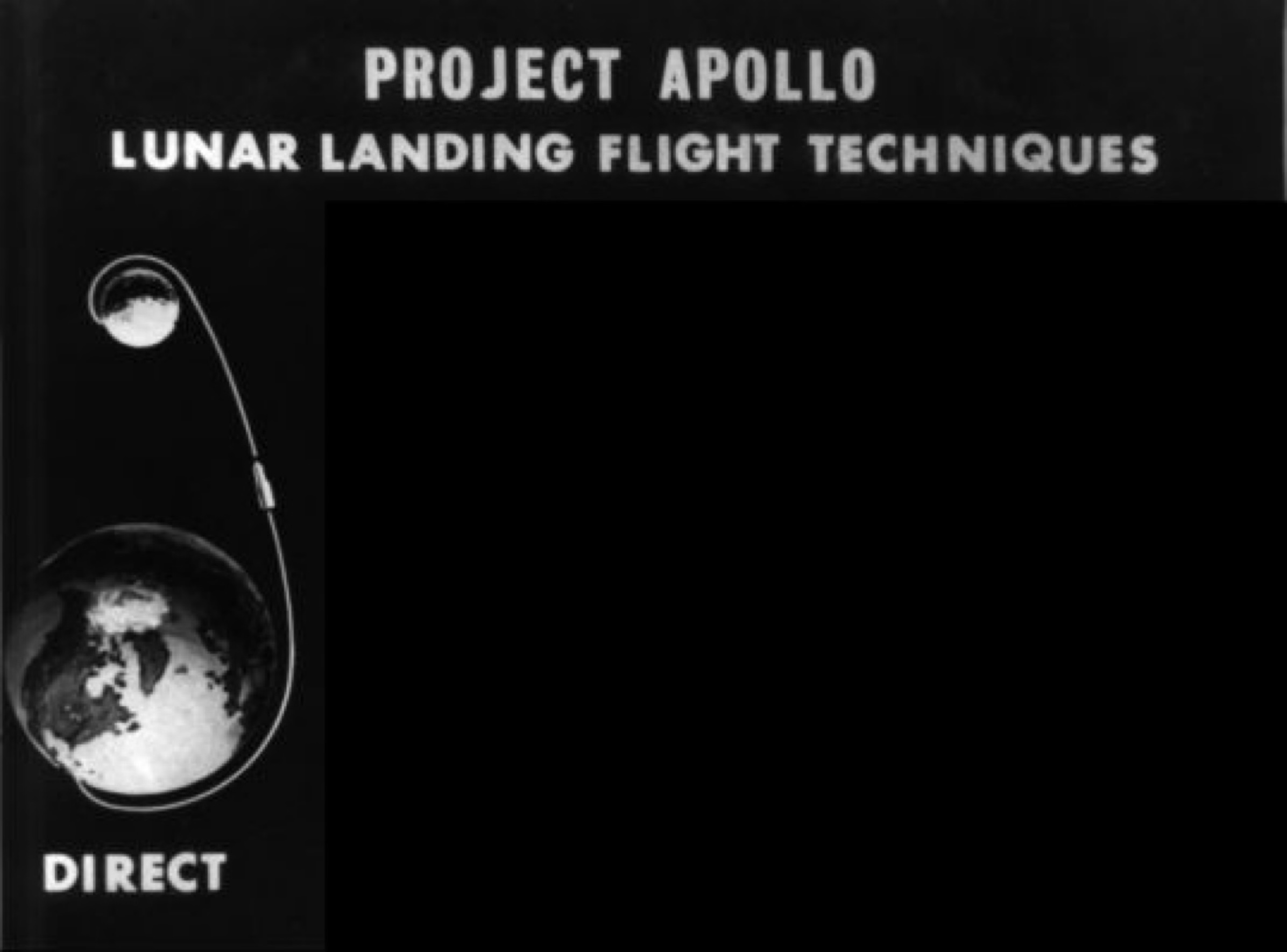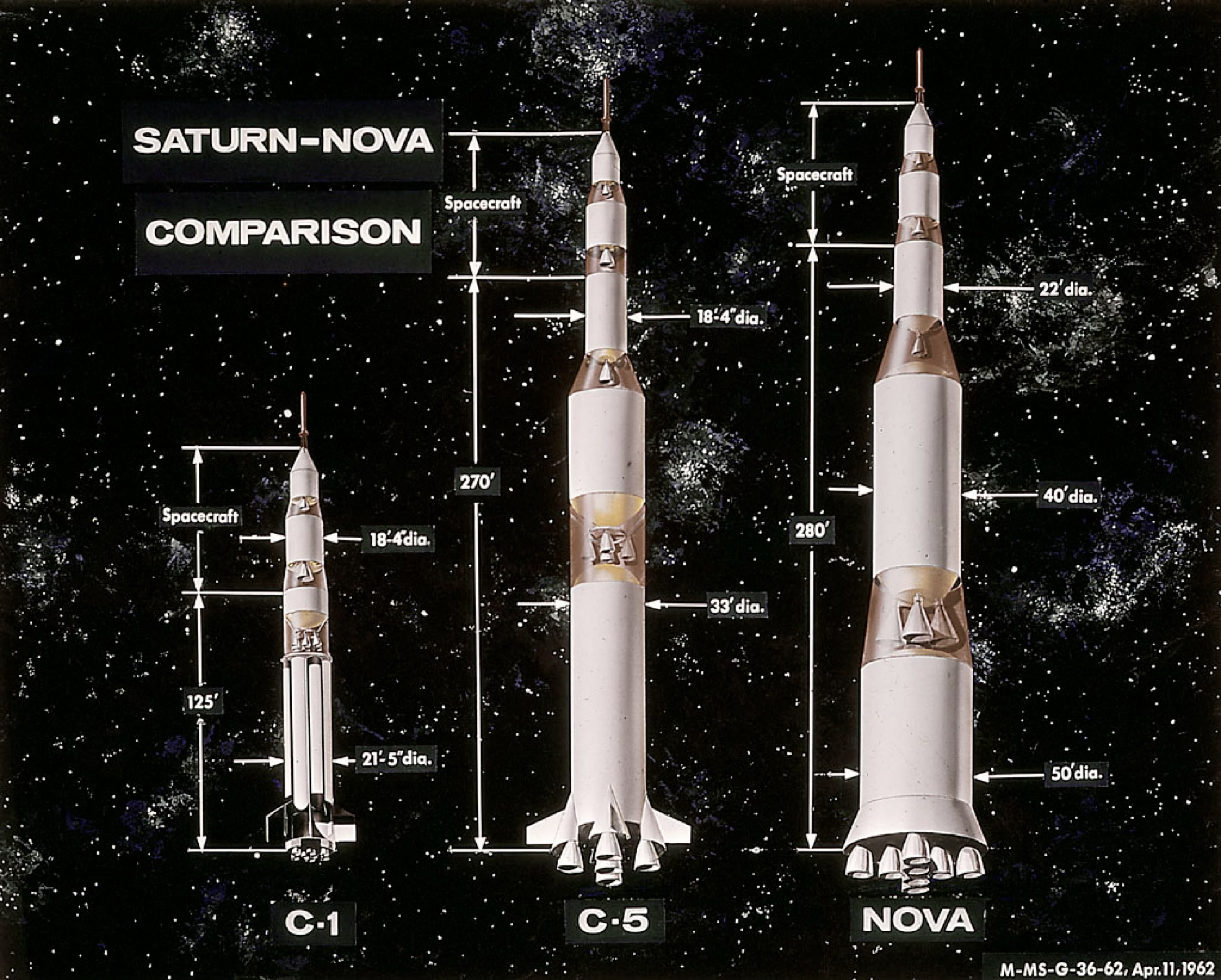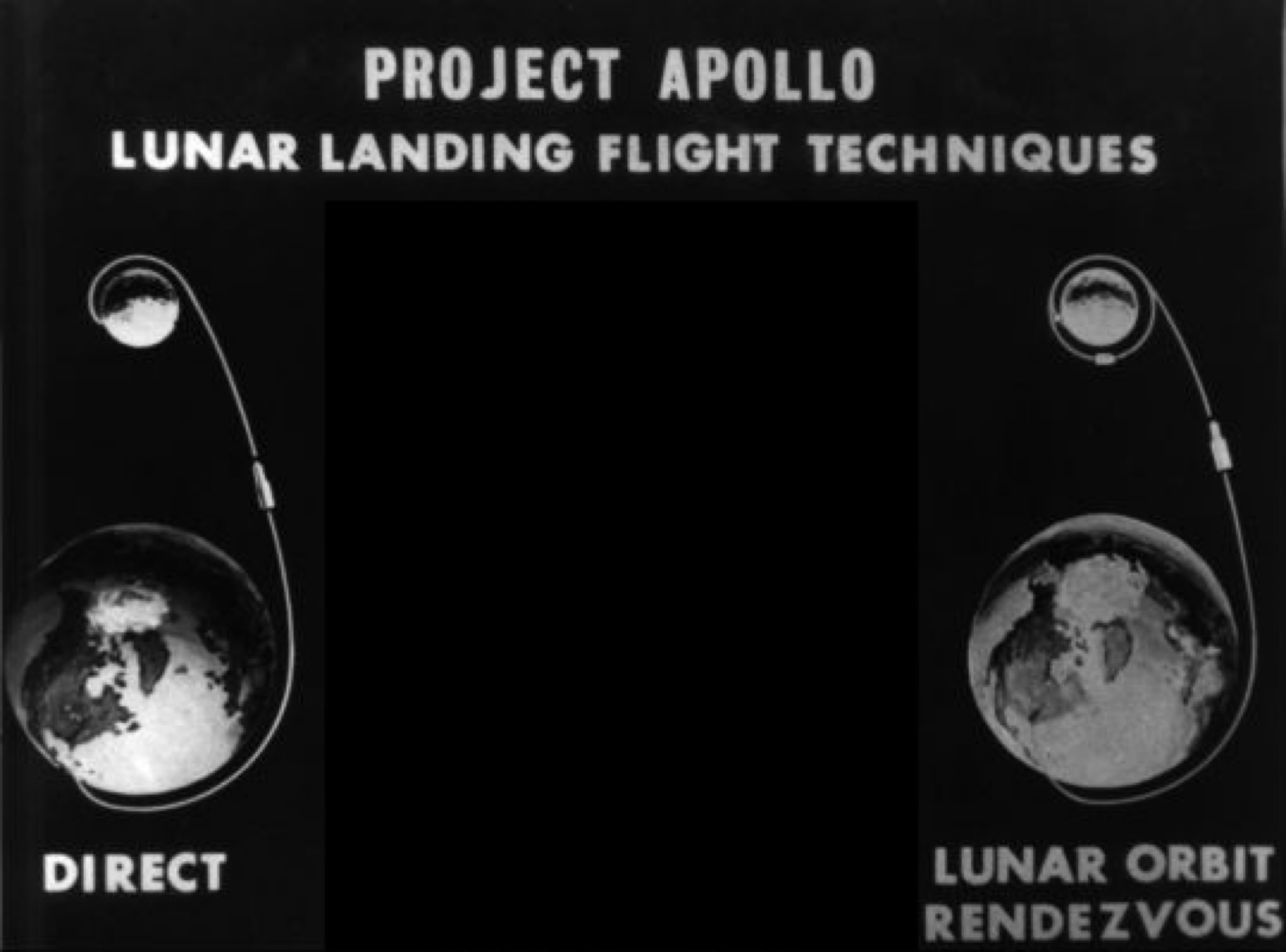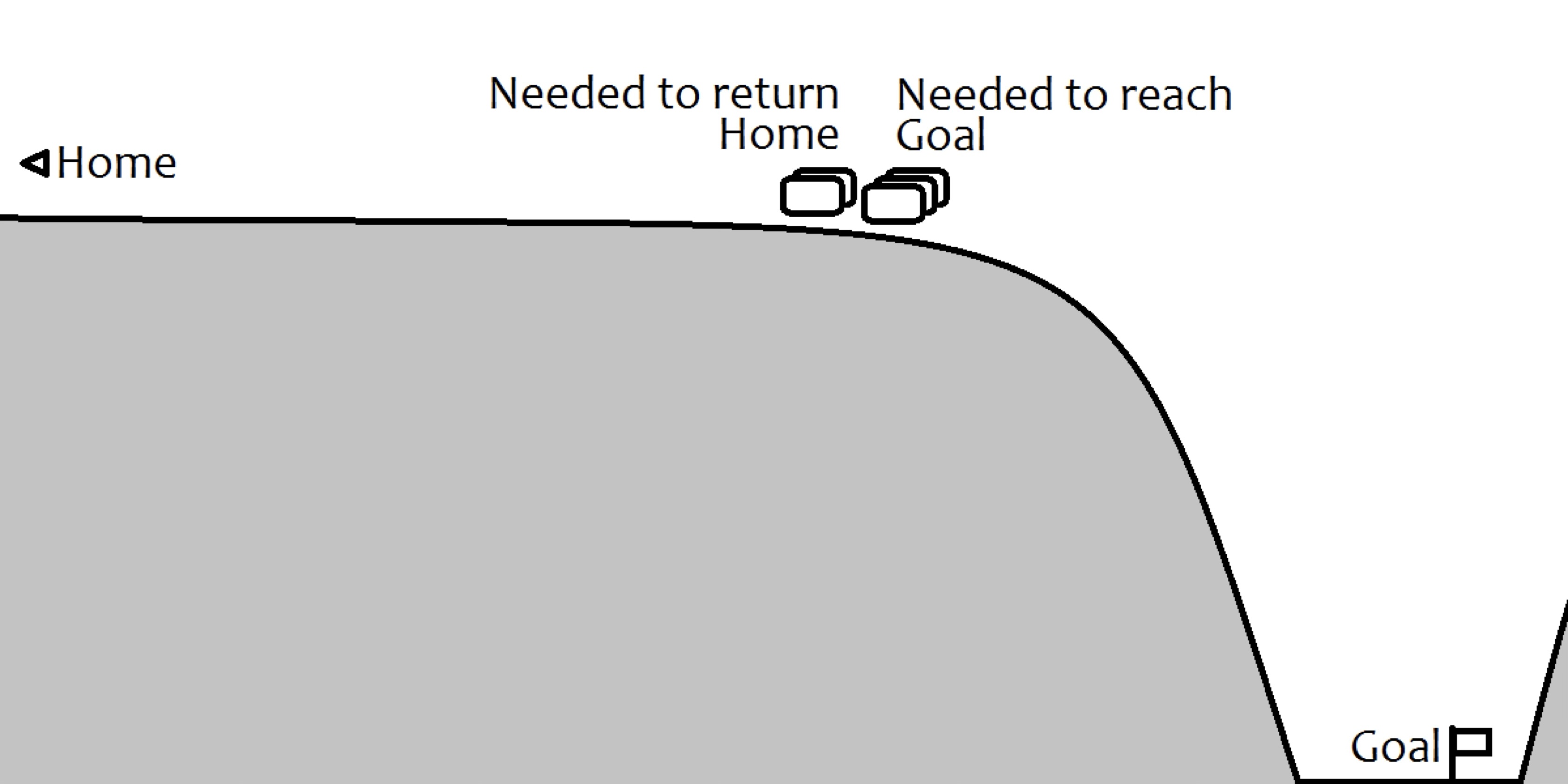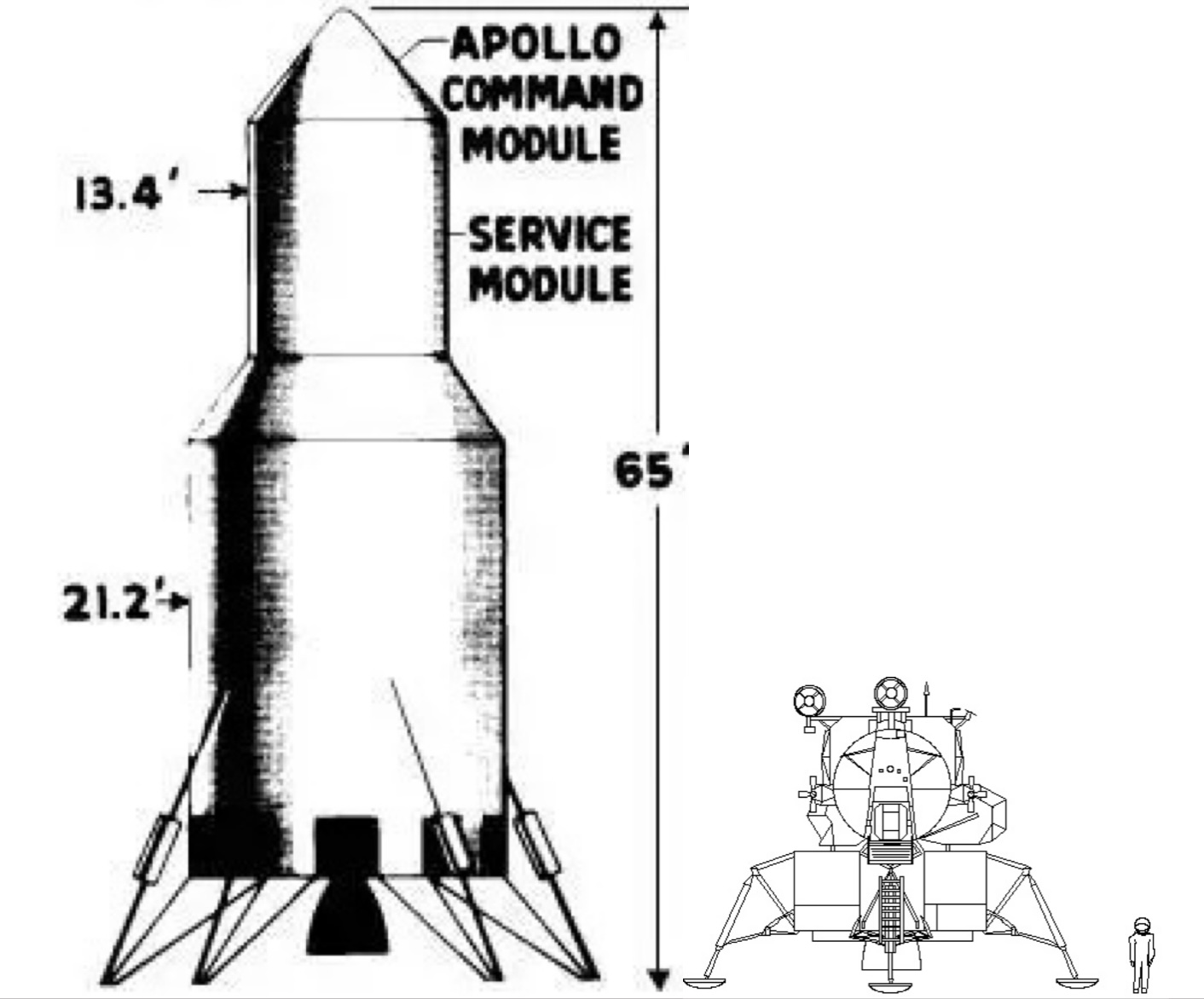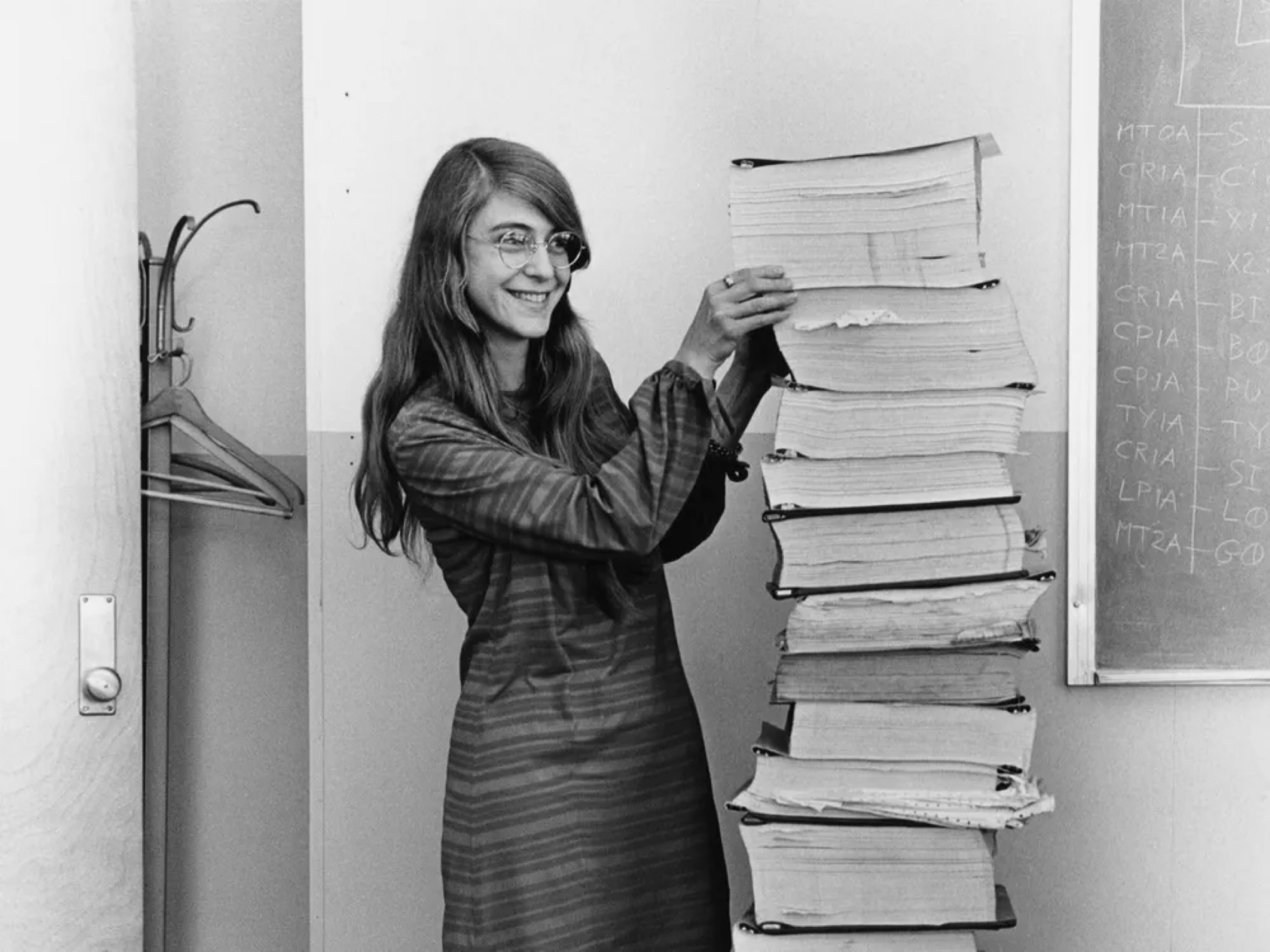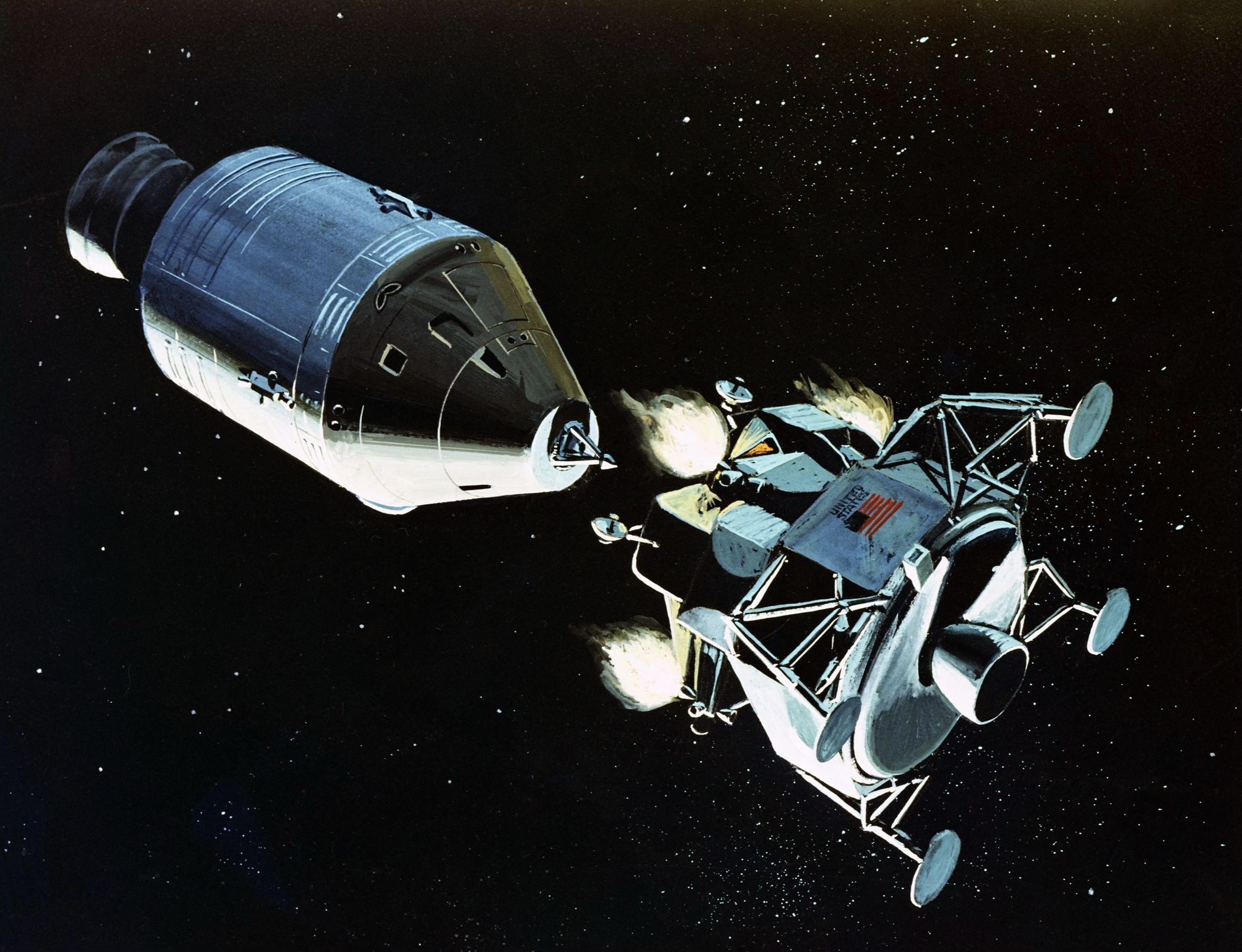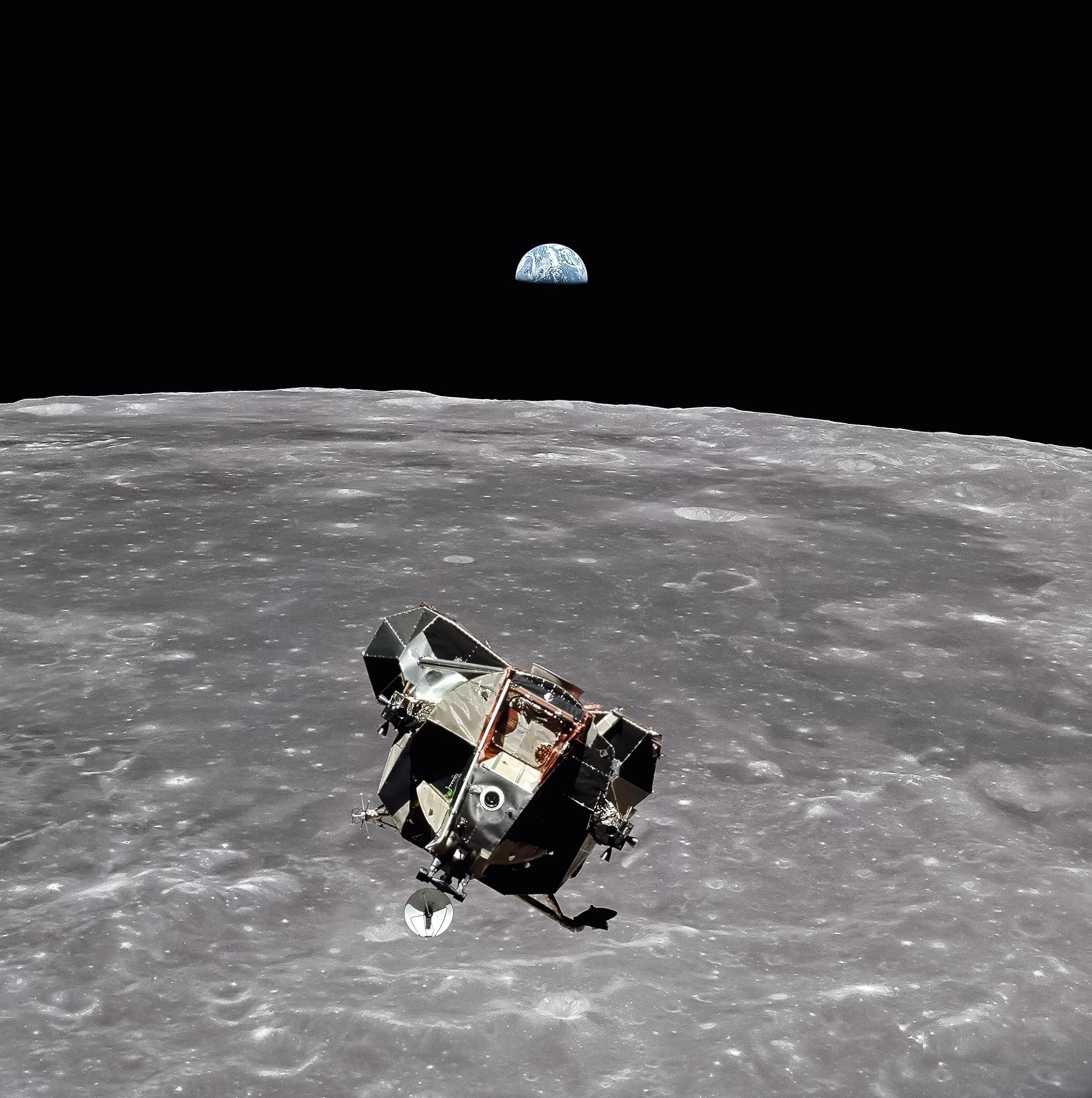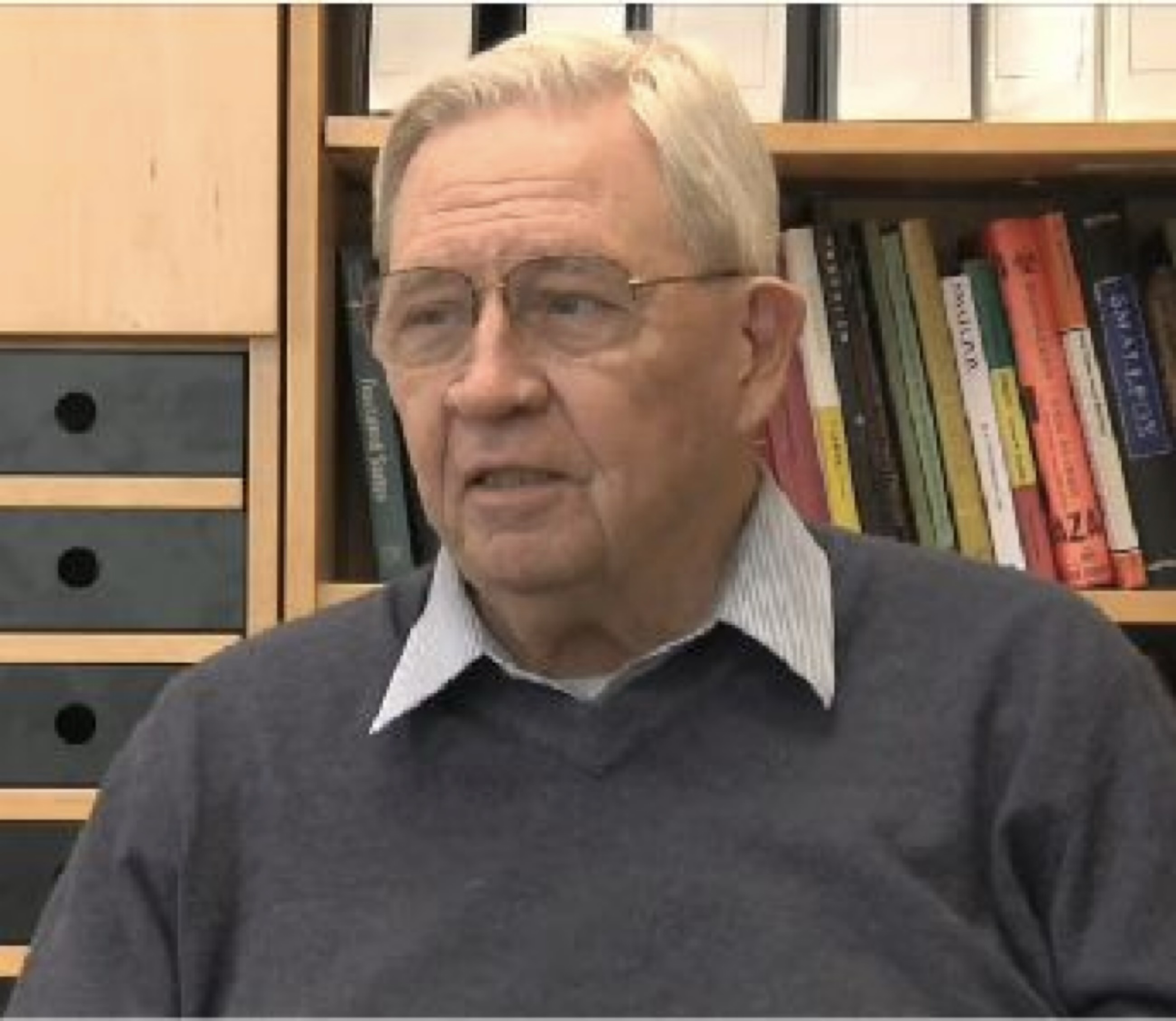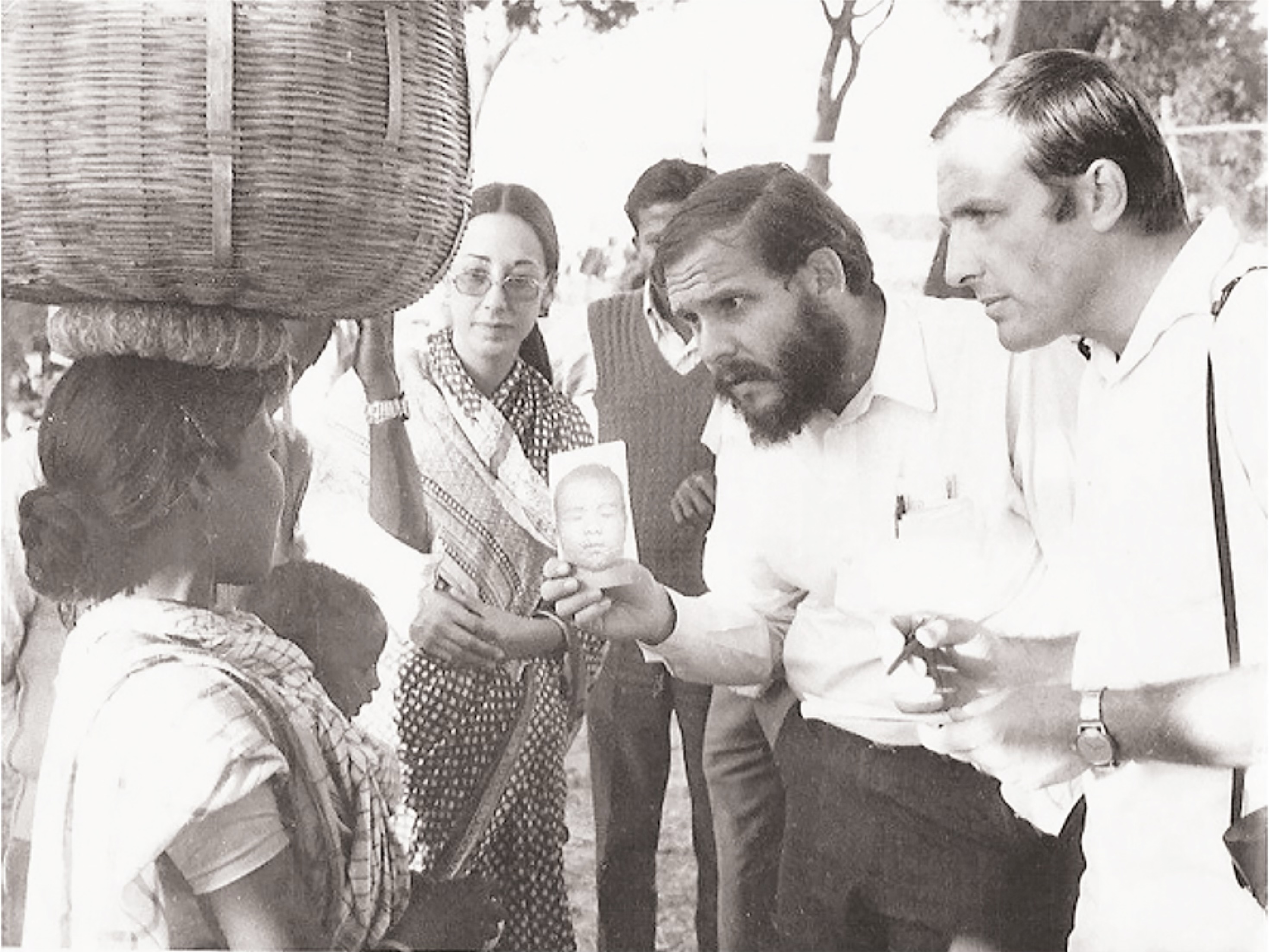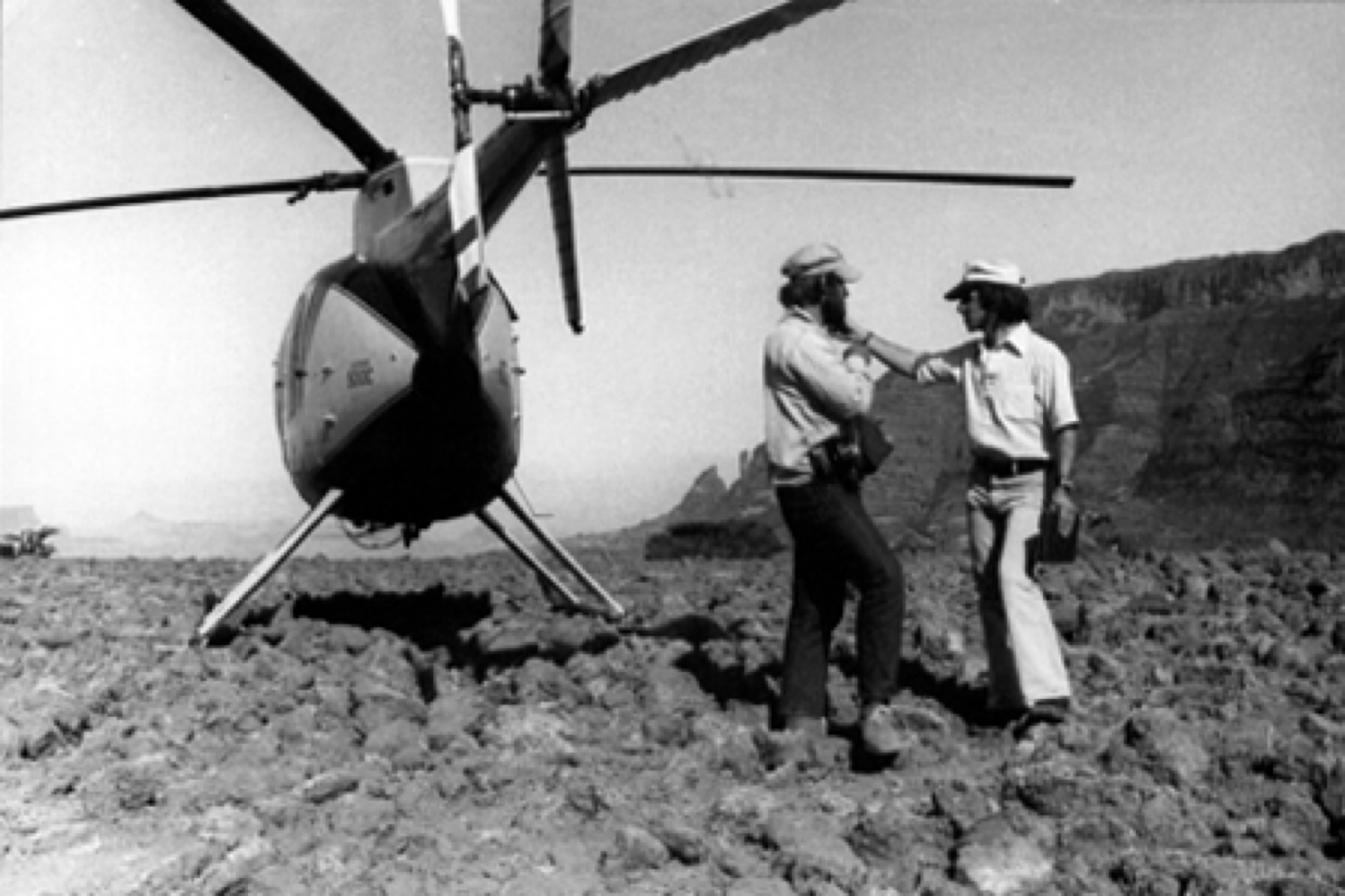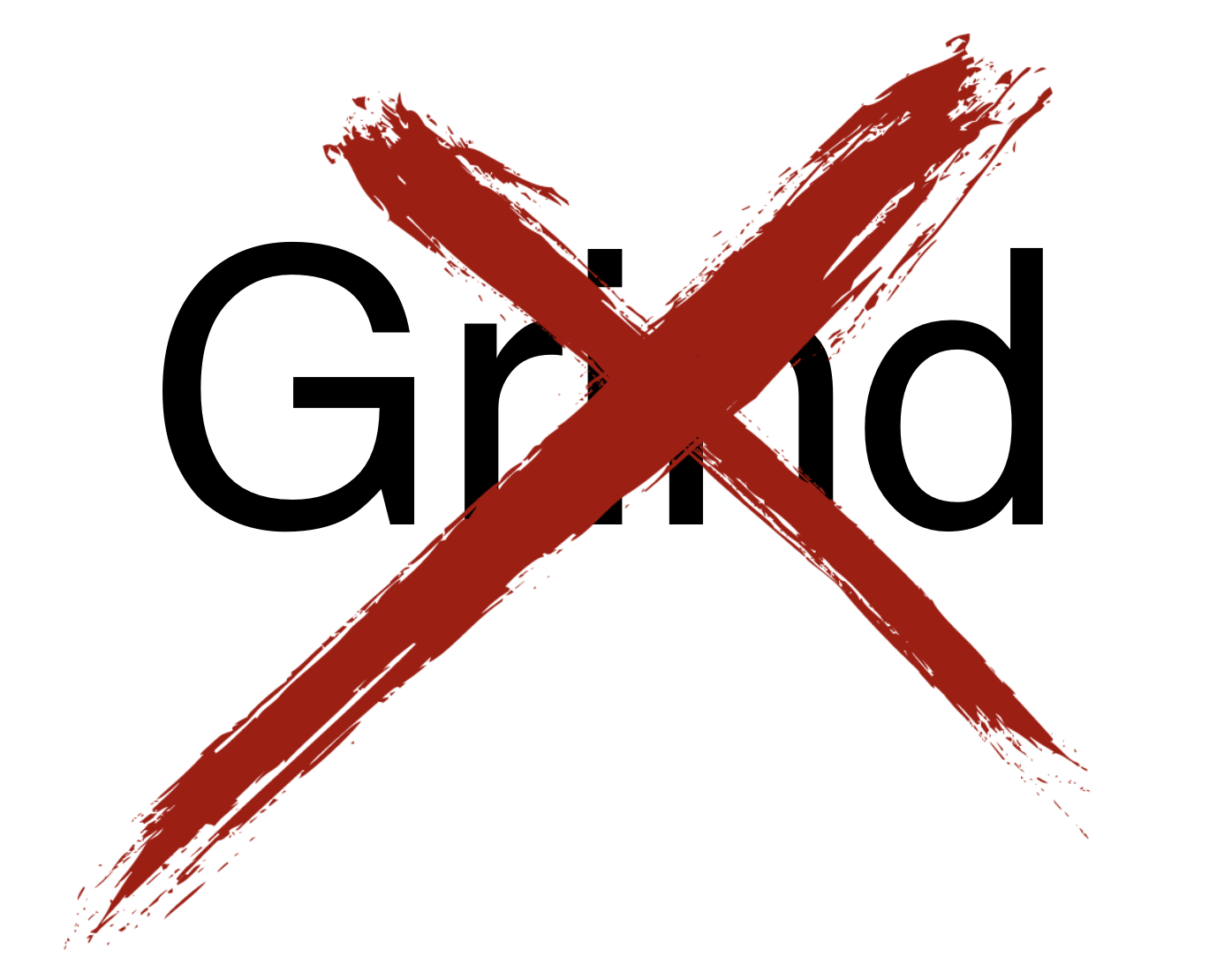Abundance and Scarcity
Who was this guy? And what does he have to do with abundance and scarcity?
This was Zeno of Citium. He lived about 2,200 years ago. He lived in Athens, Greece around 300 BCE and founded the school of Stoic philosophy.
The Stoics were philosophers. Well are philosophers, actually, because they are still around today.
Philosophers develop and use tools made of thought. And since in creative fields we make things out of thoughts, their tools might be relevant.
Let’s dive into this a little bit.
What Is Abundance?
First I want to define some key words, let’s start with abundance:
A condition wherein
the quantities of needed things
exceed the need for them.
We want abundance. Achieving an abundant supply of the things desired by those who must do the achieving will always be an acceptable goal to them.
Scarcity
Scarcity is a shortage, the state of not having enough. Not having what we need leads to fear. Scarcity comes from that check in progress – the reversal, the slowdown, the stopping of progress. It’s caused by not having what we need - tranquility, time, resources, insight.
We have had a setback. We feel stuck. We feel feel afraid. There is not enough.
Abundance gives us what we need to solve problems and helps us be less afraid.
Project Management Triangle
This is the Project Management Triangle. Another way to label the corners is Good, Cheap, and Fast. They say about this, pick any two, and the third will be compromised. This is conventional wisdom.
The triangle emphasizes the inherent trade-offs between the three constraints. It suggests that in any project, you can only fully optimize two of the three dimensions, with the third dimension inevitably suffering. Here’s how it breaks down:
Fast and Cheap (but not Good): A project delivered quickly and within a tight budget will likely suffer in quality (e.g., cutting corners, incomplete testing). Imagine a knock-off product like an imitation designer handbag, that uses inferior materials and is rushed to market.
Good and Cheap (but not Fast): A high-quality result achieved on a tight budget often requires extended timelines (e.g., relying on fewer resources or phased development). Imagine a beautiful house remodeled slowly over years by the people living in it.
Fast and Good (but not Cheap): Achieving high-quality results on a tight timeline often requires significant investment (e.g., hiring more staff, working overtime). Imagine a major road bridge collapses, and workers work around the clock to repair it.
The project management triangle is a tool for thinking about building well-understood things. It’s used when building bridges, houses, things that we have been building for thousands of years.
However. As any tool it must be used for the right purpose and at the right time.
This triangle is NOT real at all times when working with technology.
In science and technology we are often working with problems that are not well-understood.
What happens when we try to use this on problems that are not well understood? Or problems that we think we understand, but don’t?
In that case this tool is not helping us. The feeling of scarcity is likely indicating we should use a different tool. A tool that is more suited to the realm of problems where ideas are the key points of leverage.
There are realms where this tool is appropriate and realms where this is not. And this brings us to the Stoics.
The Stoics
The Stoics were not “little-s” stoic, which we think of as the ability to endure hardship.
What did the Stoics believe? They were pragmatic people, and among the things they were notable for, principally they had a philosophy of living. To them that was the essence of philosphy. They knew what is value, and they knew how to get it:
What is of value → Tranquility
How to get it → Acquire virtue
Feeling scarcity and fear are incompatible with tranquility, so the Stoics had a variety of techniques to dispense with them. I am going focus on one of their techniques. Perhaps their most powerful one.
But first, I want to talk about virtue.
Virtue
Virtue was what the Stoics thought was essential to attaining tranquility. By tranquility I mean that our peace of mind does not depend on circumstances.
Now… what did the Stoics mean by virtue? This isn’t talked about much in the world of business. It’s often thought of as the realm of religion, or sanctimoniousness. Not for regular people. But the Stoics had a simple, practical definition of virtue that is very relevant to everyday life:
Virtues
are
a power,
the application of which
is particularly conducive
to achieving results.
We can think of virtue as a character strength, or a power. Courage, wisdom, honesty, social intelligence. And so on. The Virtues section of this book has an extensive list of these strengths.
Different powers, different virtues or character strengths, can help in different situations.
Here I’m going to focus on a particular virtue, or power, that reliably provides abundance.
Creativity
Yes, it is creativity. In today’s society we are particularly interested in creativity.
This is because we make things out of ideas. And better ideas can make things easier. The Stoics knew this.
Better ideas
make things easier.
Where does creativity come from? I think it often comes from setbacks. This is counterintuitive. Conventional wisdom holds that creativity comes from somewhere mysterious, somehow better ideas or inspiration to create something comes to you suddenly out of the blue.
There are, however, situations and environments that are highly conducive to creativity.
Setbacks
One major situation that is conducive to creativity is a setback.
What are setbacks?
Setbacks
are
a reversal,
or
a check in progress
I will be using this word frequently. Think of it as being stuck.
Reframing
The Stoics were particularly interested in this technique, reframing. Reframing takes setbacks and turns them into strengths – comebacks.
Reframing
can change
all three sides
of the Project Management Triangle
at once.
This technique is the one I am going to talk about here.
This view is even deeply in our language – the word breakthrough depends on this view. Break though what? Break through constraints created by a setback.
I claim that reframing creates abundance, that it is particularly powerful. Reframing actually depends on having setbacks and limitations. And it uses them as tools.
And in fact reframing is a key way innovation happens. I will attempt to show you why.
How to Reframe
How did the Stoics define “reframe”? Very simply.
Choose
the problem
you are working on.
Don’t let the problems choose you.
Don’t let circumstances, other people, conventional thinking, or the default culture choose it for you. Pick the right problem to solve - the one that unlocks resources for you.
I want to give some examples, and talk about how these teams did it.
Problem: Land a Person on the Moon
And of course, return them safely to the Earth. John F. Kennedy set that objective for the United States of America on September 12, 1962 in a speech at Rice University.
We choose to go to the moon. We choose to go to the moon in this decade and do the other things, not because they are easy, but because they are hard, because that goal will serve to organize and measure the best of our energies and skills, because that challenge is one that we are willing to accept, one we are unwilling to postpone, and one which we intend to win, and the others, too.
This was the original plan for landing on the moon: Build a gigantic rocket - called the Nova. Take off from the Earth. Head straight there. Go straight down and land. Take off and head straight back to the Earth. It was a straightforward plan, but not without difficulty.
This plan created another problem.
Really Big Rockets
To do this, they needed big rockets. And I mean, REALLY big rockets. The Saturn V was not yet built, but it would be the largest rocket by far that had ever been built. Nova was going to be more than twice the size of the Saturn V.
This was because the plan was to go straight in and straight back – you needed a lot of fuel to do that.
The rockets and rocket engines for the Nova would be bigger than anyone ever built, and no one knew how to build them. NASA had barely got the Saturn’s F1 engines working.
And the plan also needed a HUGE computer for controlling a huge rocket, with much lower margin for error, since it only had one chance to land a huge spacecraft going very fast. Fitting something like this on a rocket was far beyond the technology available at the time.
The setback was that this wasn’t going to be possible by 1970, the deadline John F. Kennedy had set before he died. So they were stuck.
Key Insight: Lunar Orbit Rendezvous (LOR)
So what did they do?
The constraints forced them to examine new possibilities. A group of engineers realized that the problem would be much easier if they could divide it into two parts - getting to the Moon and back, and getting from lunar orbit to the surface. This meant they would actually be able to reach their goal in time.
They called this plan Lunar Orbit Rendezvous or LOR.
Why Was It Simpler?
You can see why in this diagram. You don’t have to take everything needed to return home down to the surface of the Moon if you do it this way. It’s much easier. How much easier? They didn’t need to build the Nova. They could use the rocket they already had, the Saturn V.
Smaller Lander
On the left is the Nova moon lander incorporating the return capsule and service module that would return the astronauts to Earth. The LOR team proposed building this second spacecraft, the Apollo Lunar Module on the right, that would be purpose-built for only taking the astronauts down to the surface of the Moon and back up again. It could be small and light because it was only doing this one job. Also critically it wouldn’t need a very powerful computer to do this smaller job because it was going slower and could return to orbit from most points on the way down if there were problems.
The Problem with LOR
No one had ever docked two spacecraft in orbit before.
It was conventional wisdom that it couldn’t be done in time. This was the key reason the Direct Ascent approach had been chosen. This was the position of Werner von Braun, the head of the Apollo Program. So the LOR team would had to overcome a lot of organizational inertia to change the program’s direction.
They worked for months in secret to prove out their solution, and then in a critical few hours, presented it to the Apollo leadership. To his credit, after seeing the presentation and discussing it, von Braun changed his mind on the spot. So did most of the rest of the NASA leadership. This is the power of clarity and of better ideas.
Reframe: Docking is a Software Problem
The LOR team made docking the two spacecraft into a software problem. Crucially, a much easier software problem than the Direct Ascent landing problem. They would use the computers to help people dock two smaller spacecraft in Lunar Orbit. Essentially, they built an app for that.
The picture above is the Apollo Guidance Computer (AGC) and its display and keyboard unit (DSKY) that ran the software that would navigate people to the moon and back.
Margaret Hamilton
This is Margaret Hamilton. She is one of my heroes.
Margaret Hamilton was the software engineering manager and the leader of the Apollo Guidance Computer software development team – the ones that made the app. Here she is standing next to a print-out of the source code of the AGC software.
Apollo 11
This is the Apollo 11 mission’s Saturn V rocket taking off for the moon. Getting there was conventionally thought to be an impossible task. Or at least so hard, it would never be done.
Apollo Command and Lunar Modules
They used the guidance computers to find each other on returning from the Moon, and for docking the Lunar Module ascent stage and the Apollo transport spacecraft. This is how it looked.
We all know how it turned out. The Apollo team reframed the problem, and transformed an almost insurmountable rocket design problem into a guidance software problem solvable with then-current computer technology. They created abundance that let them reach their ambitious goal on time.
Problem: Smallpox
This is a picture of the hand of someone who has smallpox. I’m not going to show a person’s face or body because it’s a pretty horrible disease. It’s been with us for all of humanity’s history, and by 1958 was killing about 2,000,000 people a year. No one knew how to stop it.
Vaccine
There was and is a very reliable vaccine for smallpox. It’s been around for hundreds of years - for example George Washington used a primitive version of it to vaccinate the American army during the war for independence. Everyone wanted the disease to go away. The problem was that you needed to vaccinate everyone to do that. So for a long time we were stuck.
Problem: Eliminate Smallpox
- How?
- Vaccinate everybody!
This was the conventional wisdom. If it could be done it would obviously work – no one would have the virus.
Setback – Four Billion People
- Vaccinating four billion people is impossible
It was tried multiple times and didn’t work. Vaccinating four billion people is just too slow and expensive. Countries didn’t have the resources or trained health professionals to do it that way.
D.A. Henderson
DA Henderson - another one of my personal heroes. Leader of the WHO Smallpox Eradication Team, which eliminated smallpox from the Earth. the first infectious disease to be successfully eliminated. How did they do it?
Key Insight – the Weakness
Henderson’s team noticed a key weakness in the disease. And came up with a way to exploit it:
Smallpox has no non-human hosts.
Reframe: Find and Contain It
What was the reframe?
It was called Surveillance and Containment.
- Find infected people early,
- build a wall of vaccination around infected people,
- starve the disease of carriers,
- vaccinate hundreds of thousands of people, not billions.
- Cheap and fast.
And easy compared to vaccinating 4 billion people. It works because there are no infected animals to escape and spread the disease - we can find all the people who have it, and don’t have to worry that’s going to break out due to animal carriers. Surveillance and Containment is also a software problem - it uses finesse, the software is a procedure running in peoples’ heads. Not brute force.
It was also quite controversial because it went against conventional thinking. At first not many people understood it, and one of the main barriers to executing this strategy was exactly that. They had to buck the existing powers and blaze a new trail. This is often the case with creative, breakthrough ideas.
Surveillance Teams
This is Dr. Larry Brilliant and some other community health workers in India. They are looking for smallpox victims. The people in the background were the key to this– they are the health workers who made up the surveillance system to find smallpox. Every country had thousands of health workers like this. Brilliant created teams of trainers to train the workers to find and report smallpox cases very quickly…
The Tools
Jet Injector
This is a smallpox jet injector. At the time an already existing obscure tool. It could vaccinate hundreds of people per hour. It was repurposed and improved for the smallpox elimination effort. It was needed to quickly build that wall of immune people when there was a big outbreak, like at the start of the effort when smallpox was still running rampant.
Bifurcated Needle
The bifurcated needle is simple and cheap way to vaccinate people. This was developed specifically for smallpox vaccination. It was the way we were going to vaccinate 4 billion people in the original plan.
The vaccination teams repurposed this. It was slower, but far cheaper, and easy to train non-medical professionals to do. It was used when there wasn’t a large outbreak yet - when only a few cases were found.
Response Teams
Smallpox helicopter and response team. They would fly into remote areas on a moment’s notice, armed with vaccine and jet injectors. DA Henderson tells a story of a helicopter pilot who was ferrying a supply of vaccines to a remote area during the Ethiopian civil war. The pilot was kidnapped by rebels. By the time his release was negotiated, he had vaccinated all the rebels in area.
Success
There’s a lot more to this story, but this should give you an idea of the power of reframing - of picking your problem. This team eliminated a disease that killed millions of people a year from the dawn of history, by picking an easier problem to solve, one that was very different from conventional wisdom. Their reframe had an incalculable value.
Doing Hard Things
These teams, these people achieved what was thought to be hard or impossible–
- By leaning into their setbacks–
- By reframing their problems.
Better Ideas and Teams
- The goal is to maximize the creation and adoption of better ideas.
The general idea here is to have and use better ideas. Being able to generate, evaluate, improve, and adopt better ideas is a huge factor in a team’s effectiveness. There are specific techniques to do this more effectively than the default.
All these are skills we can learn and will get better with practice. If we pay attention to it.
Don’t Grind
When we get caught in scarcity it’s tempting to grind it out. Work faster. Work more hours. Be more stressed.
Try not to grind.
Constraints
When you feel stressed, and feel scarcity, it often means the Project Management Triangle is probably operating to your detriment.
It’s an opportunity to reframe like each of these teams did.
Loving Setbacks
They are:
- Inevitable
- Opportunities to reframe
- A source of better ideas
We can learn to enjoy setbacks because they give us an opportunity to reframe. Setbacks are not a reflection on us. In any creative endeavor they are inevitable.
They are actually opportunities.
To use creativity, build our skills, make something awesome. When I hit a setback I often think, something awesome is about to happen.
How do you reframe?
Ask:
- What problem am I solving?
- Is there another problem whose solution would make things easier?
Choose Your Problems
Don’t let them choose you.
References
- (Wikipedia 2025b) - Stoicism on Wikipedia
- (Wikipedia 2025c) - Zeno of Citium on Wikipedia
- (W. B. Irvine 2019) - The Stoic Challenge on Amazon
- (W. B. Irvine 2008) - A Guide to the Good Life on Amazon
- (W. Irvine 2025) - William Irvine’s courses on the Waking Up app - short audio lectures on Stoicism in modern life
- (Murray 2004) - Apollo on Amazon
- (Mindell 2008) - Digital Apollo: Human and Machine in Spaceflight on Amazon
- (Wikipedia 2025a) - Smallpox on Wikipedia
- (Henderson 2009) - Smallpox: Death of a Disease on Amazon
